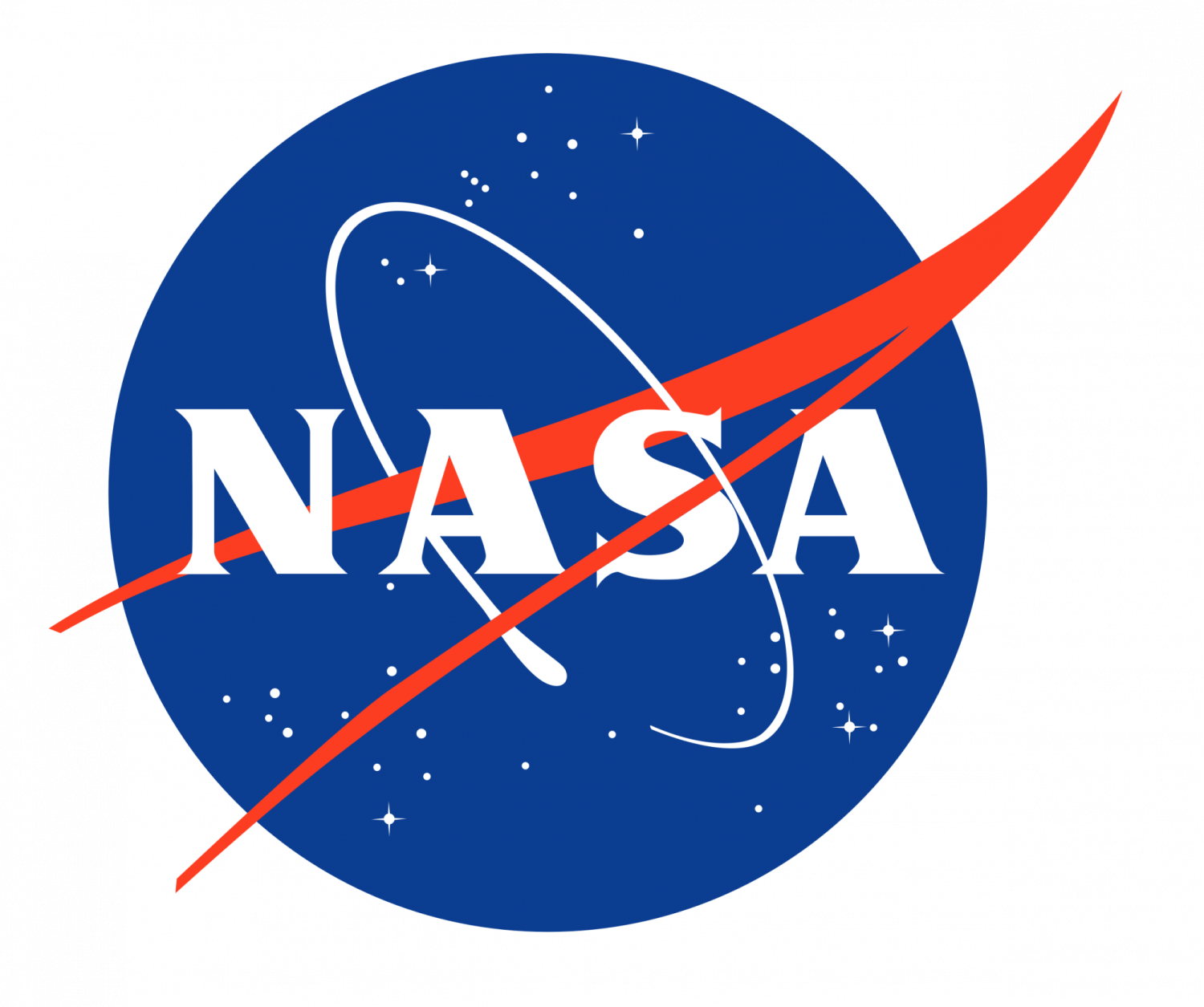Four aerospace students earn major NASA fellowships
Three University of Colorado Boulder aerospace graduate students have been named 2023 Future Investigators in NASA Earth and Space Science and Technology (FINESST).
Nick Dietrich, Ben Hogan, Andrea Lopez, and Margaret Scott have each earned the grants, which provide up to $50,000 annually for three years to cover tuition, expenses, and student-designed research projects.
FINESST proposals must address goals relevant to NASA's science mission directorate divisions -- heliophysics, earth science, planetary science, or astrophysics. CU Boulder's honorees are being recognized for research in either earth science or heliophysics.
Find out more about each of our awardees and their specific research below:

Categories: News

